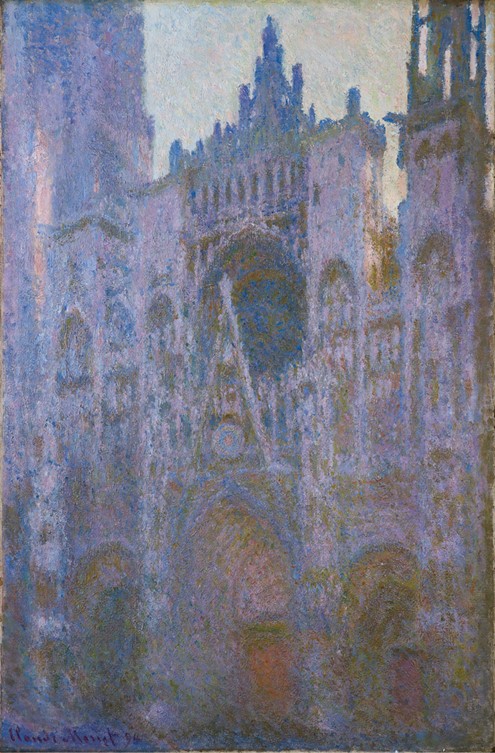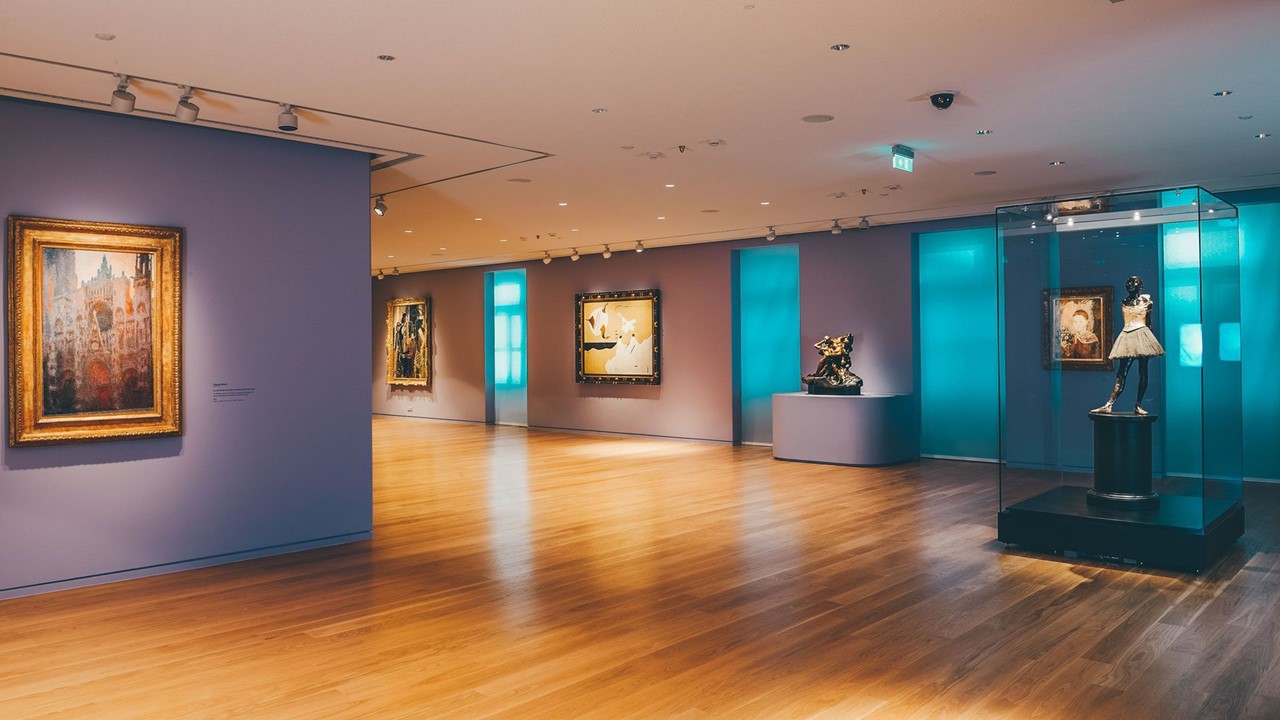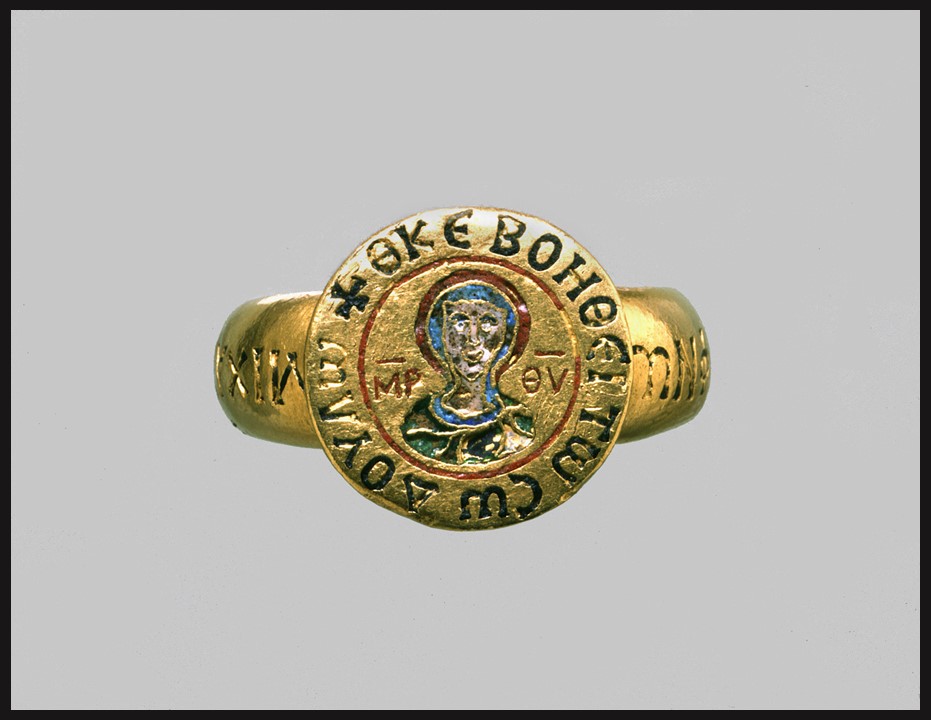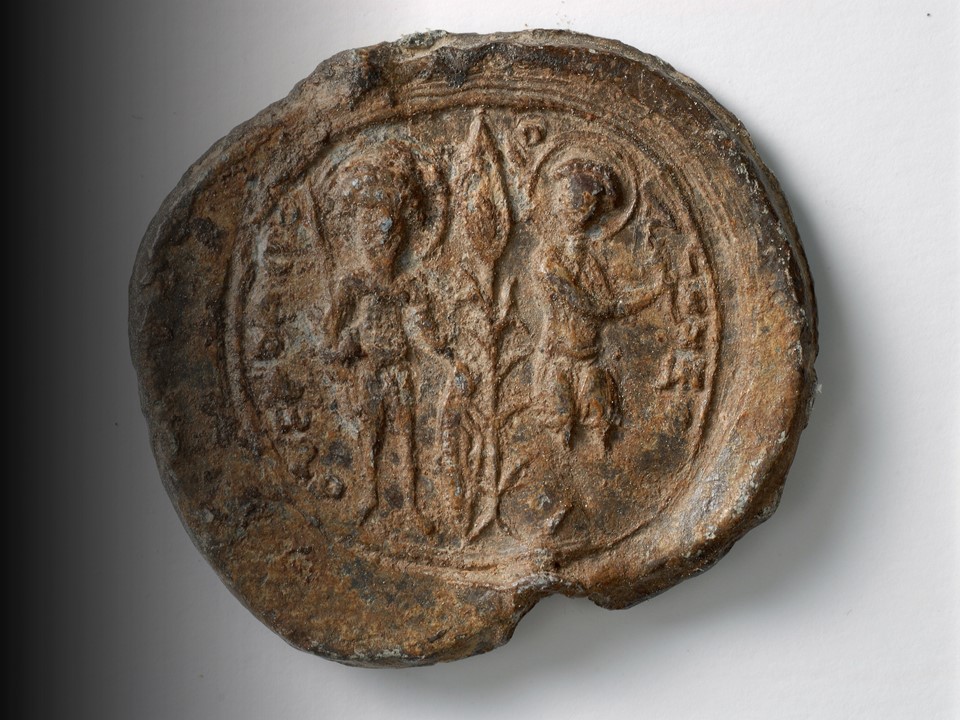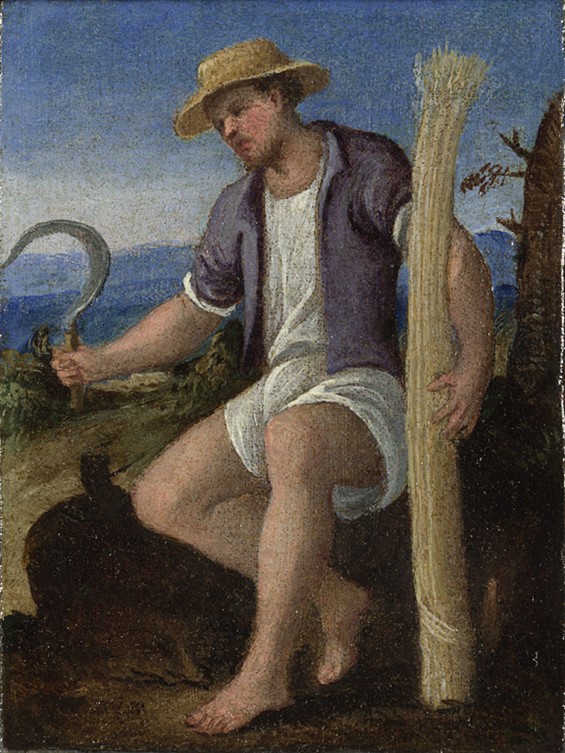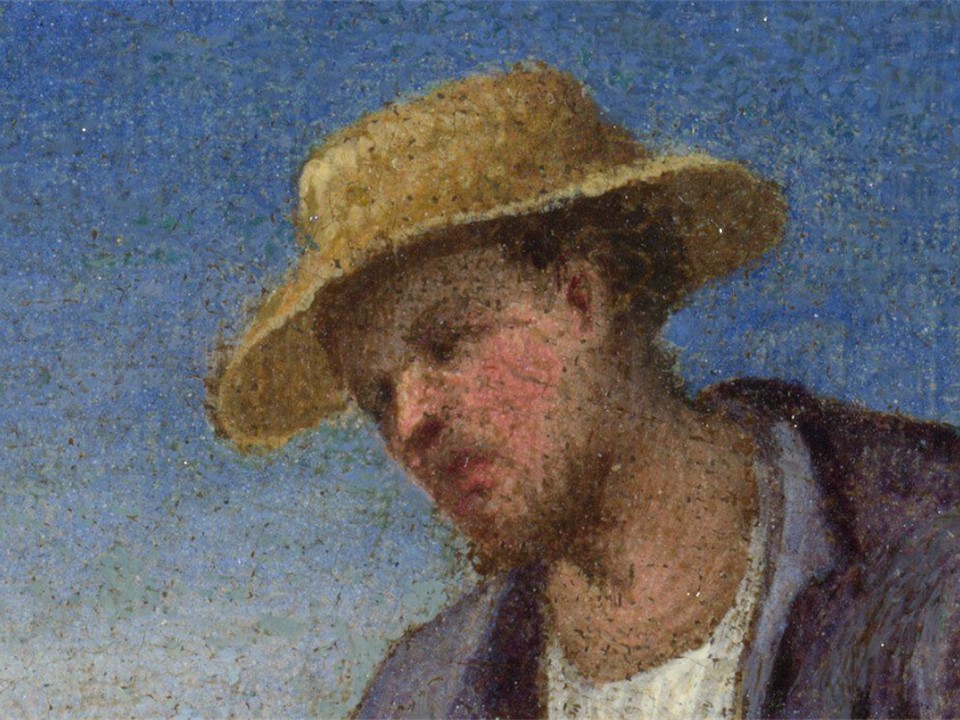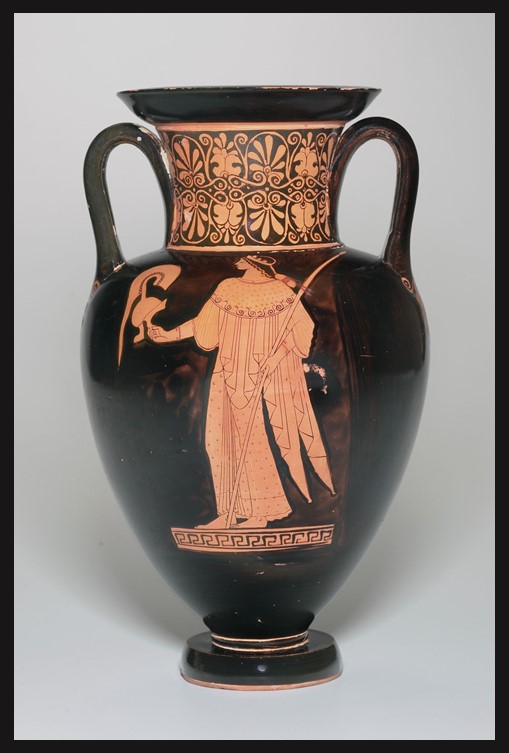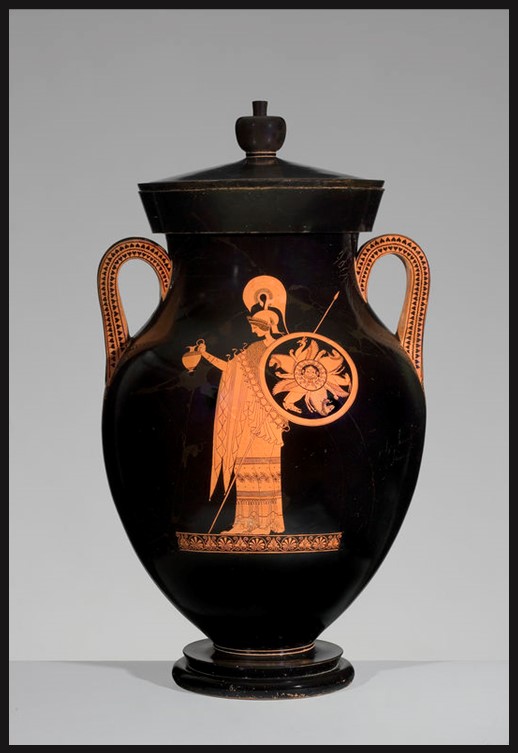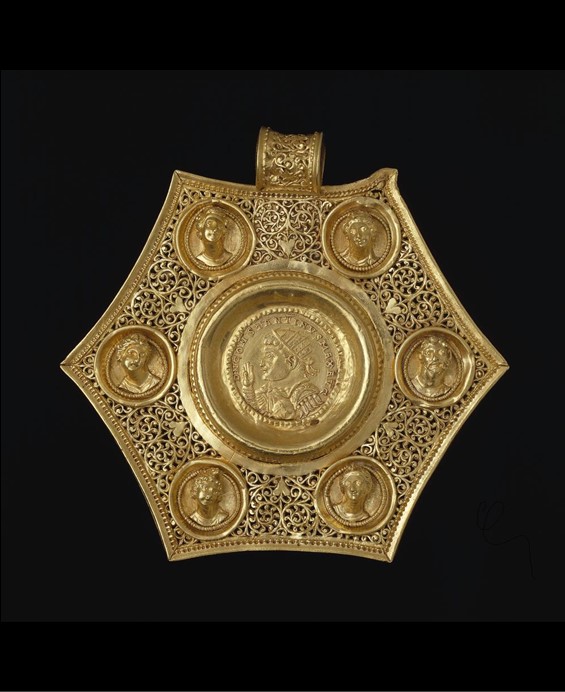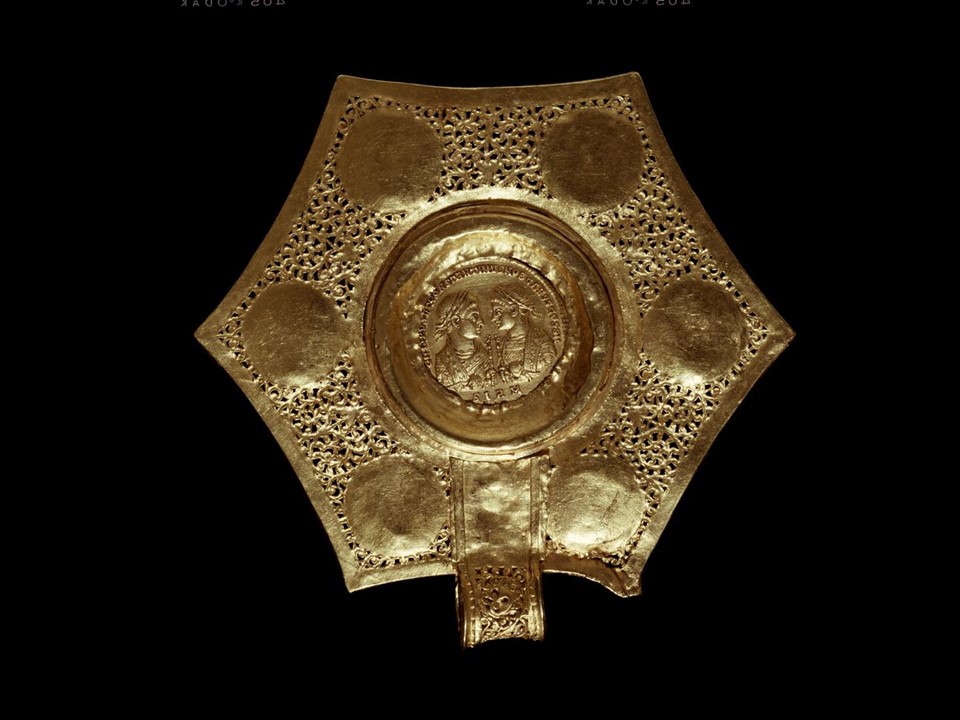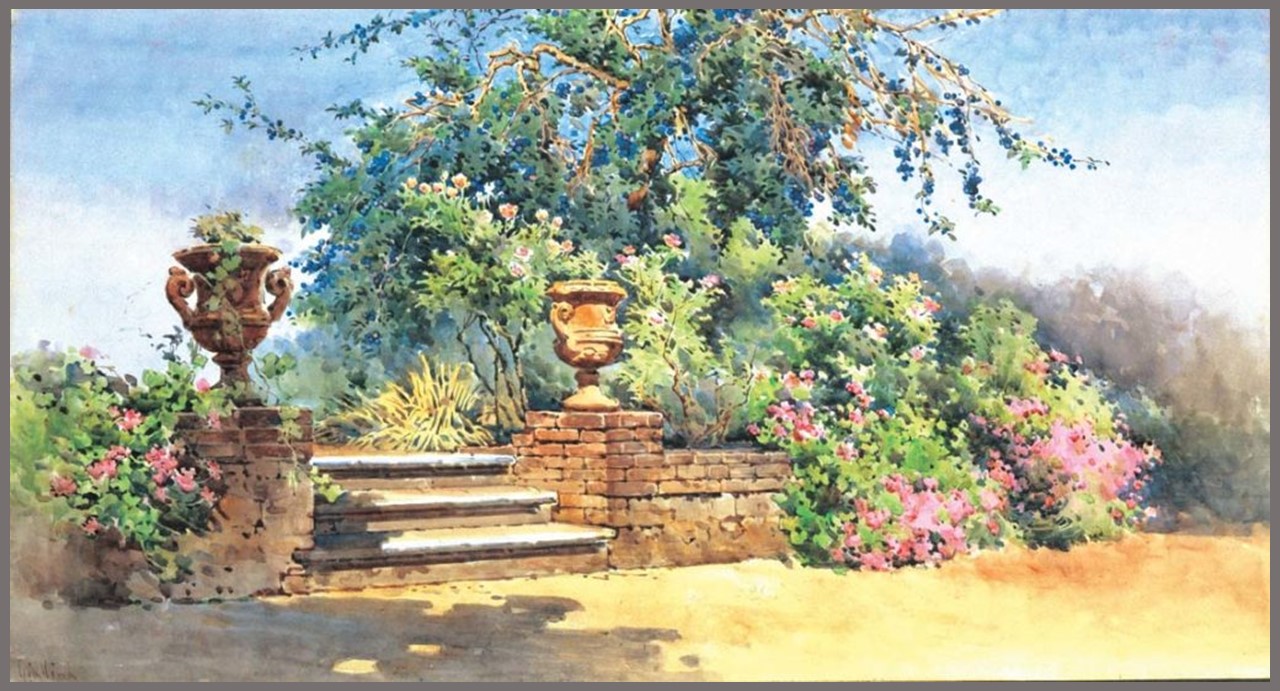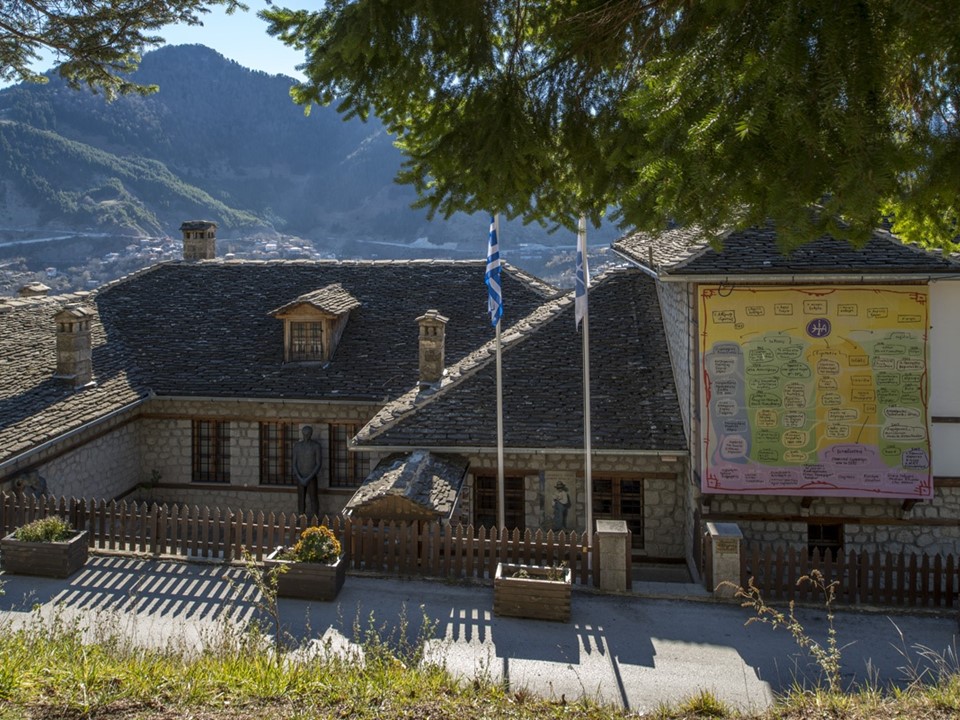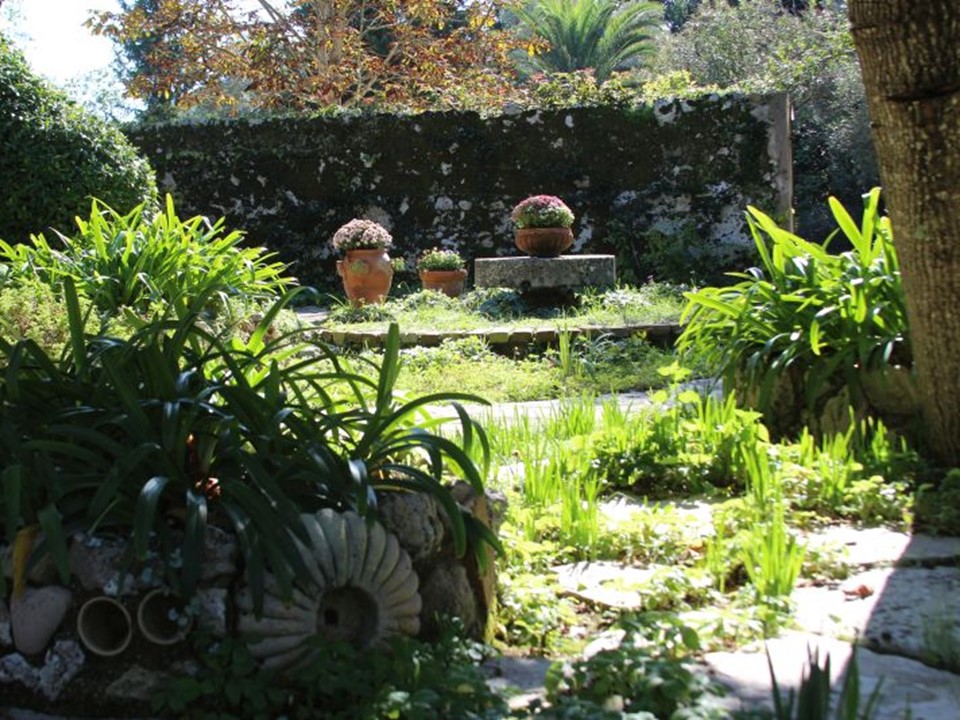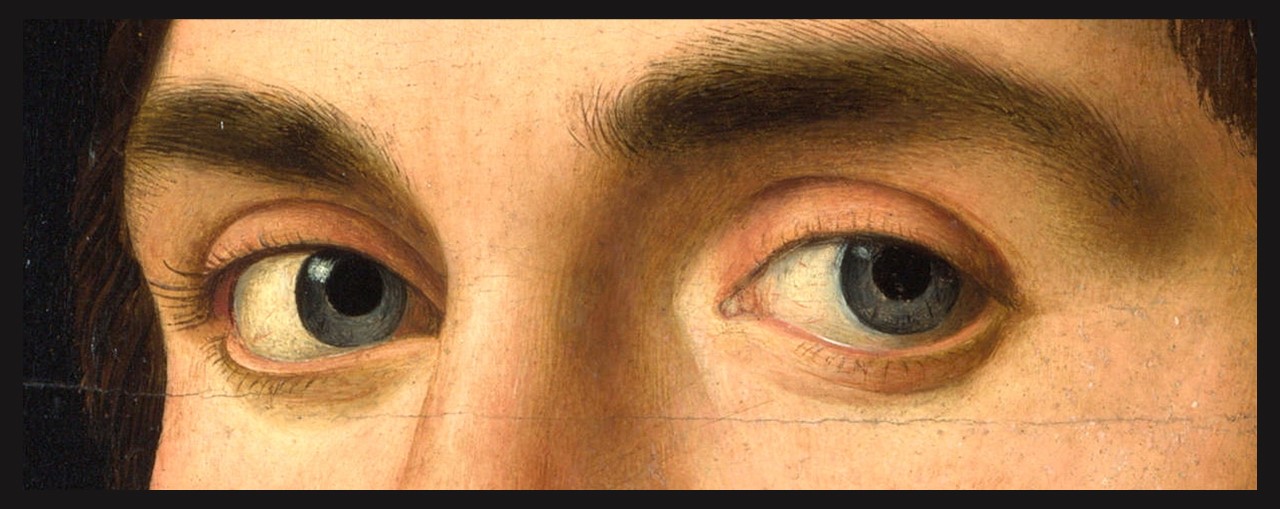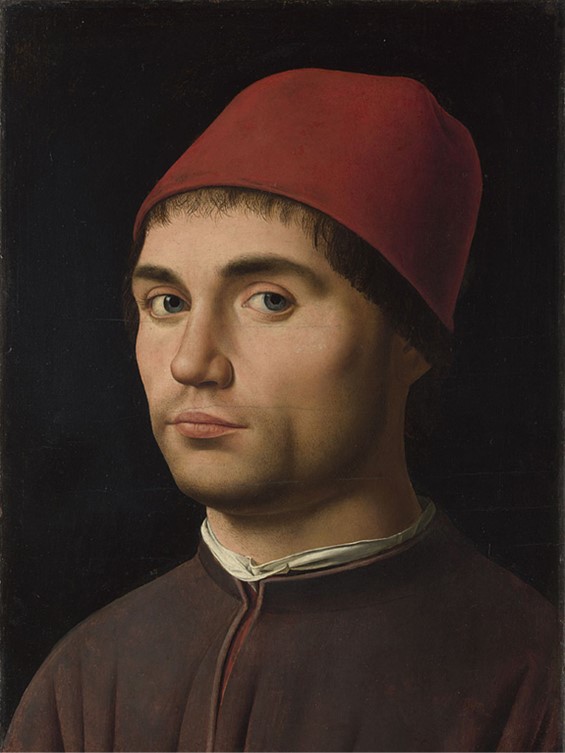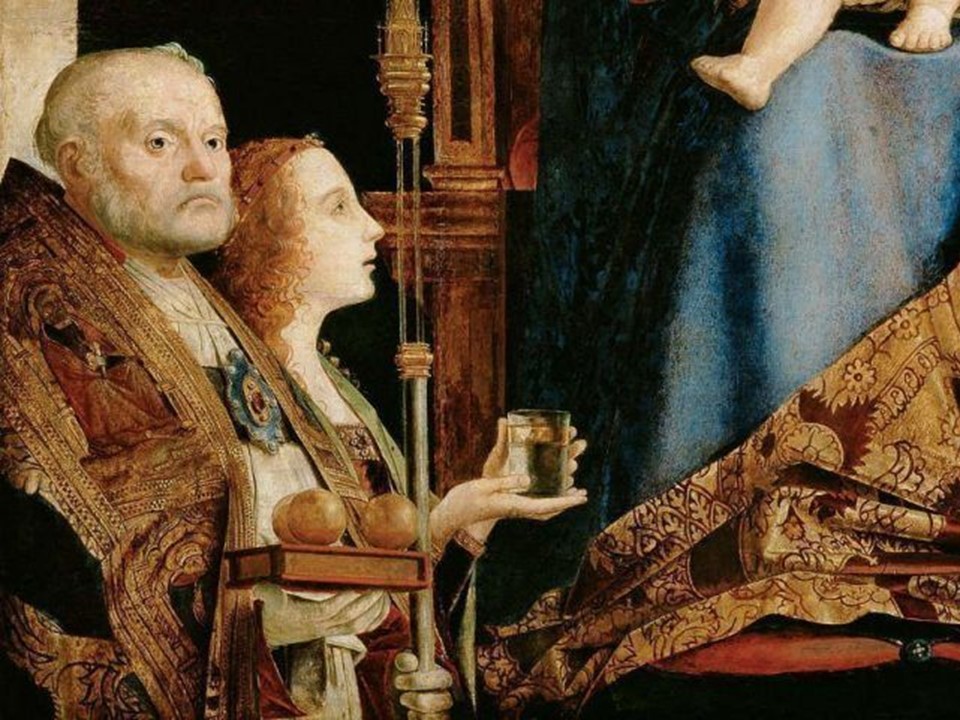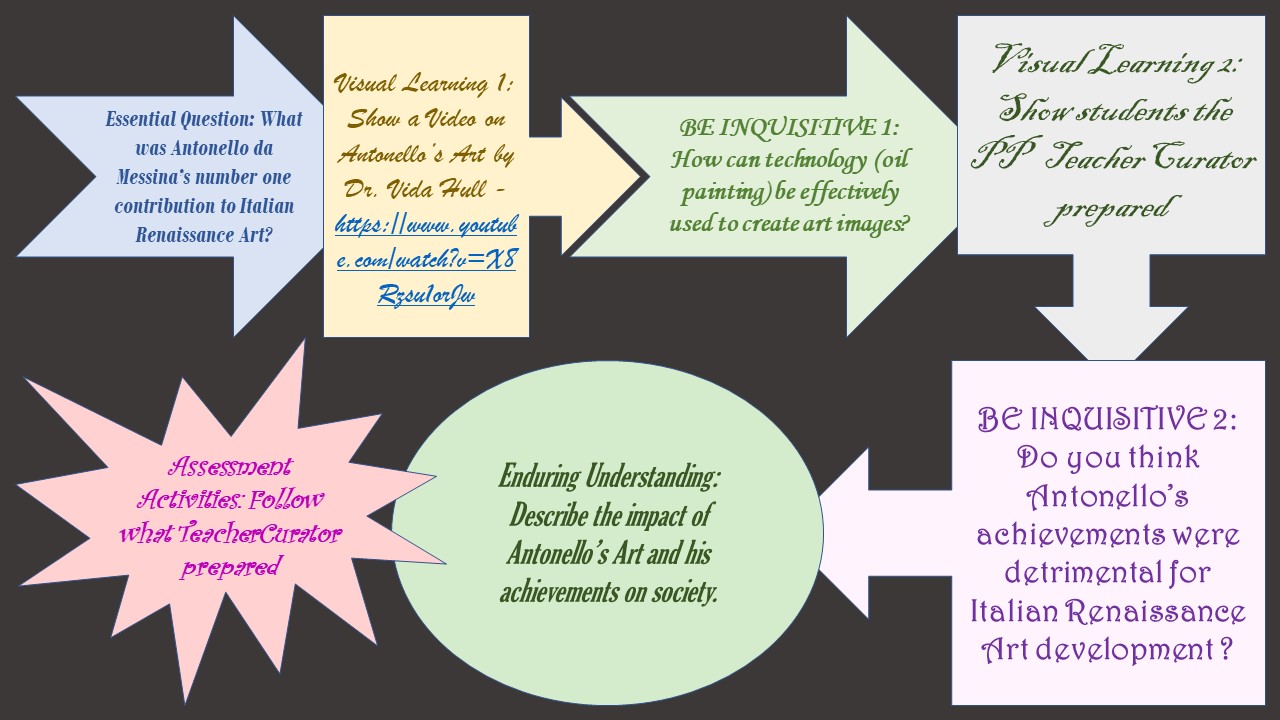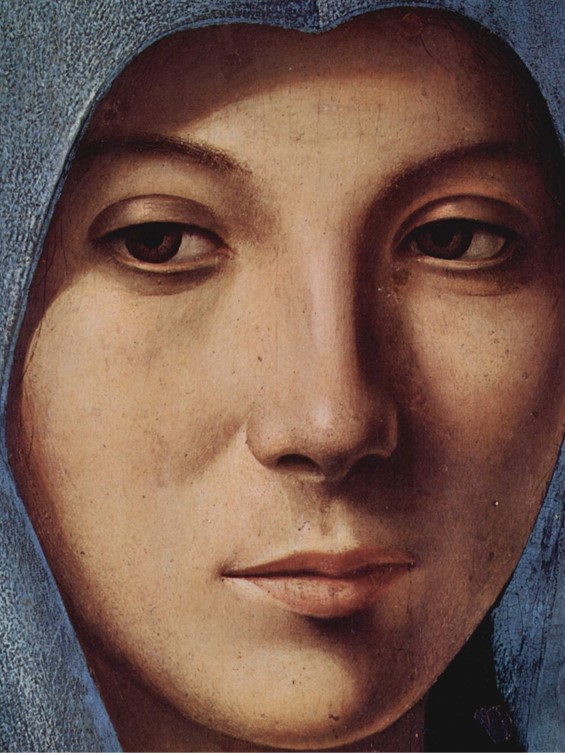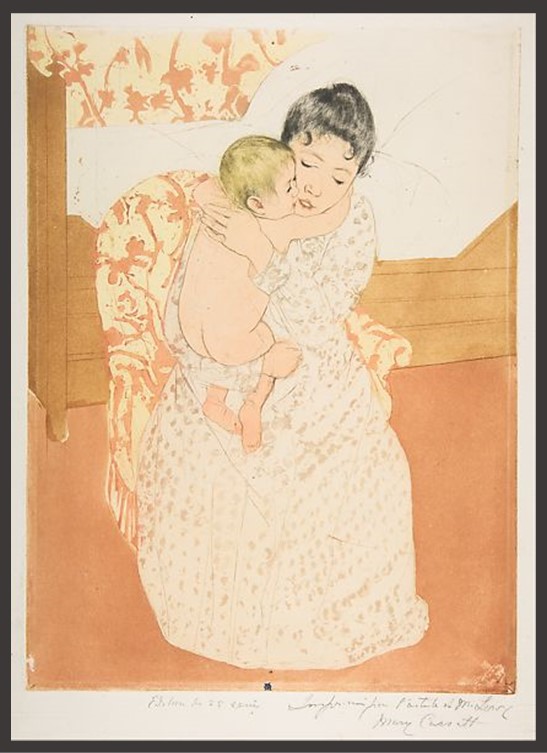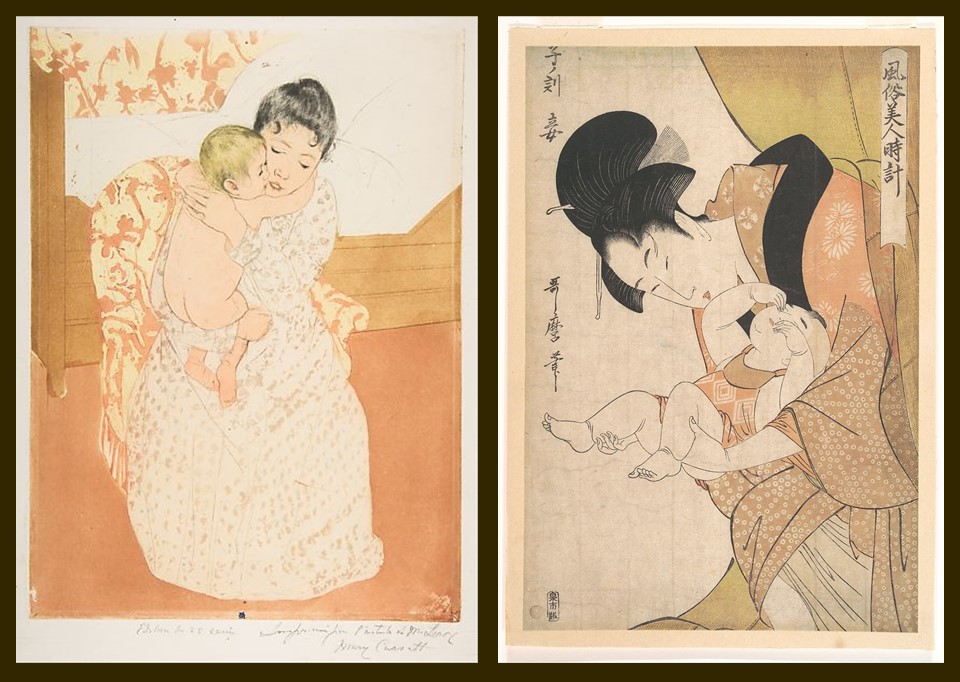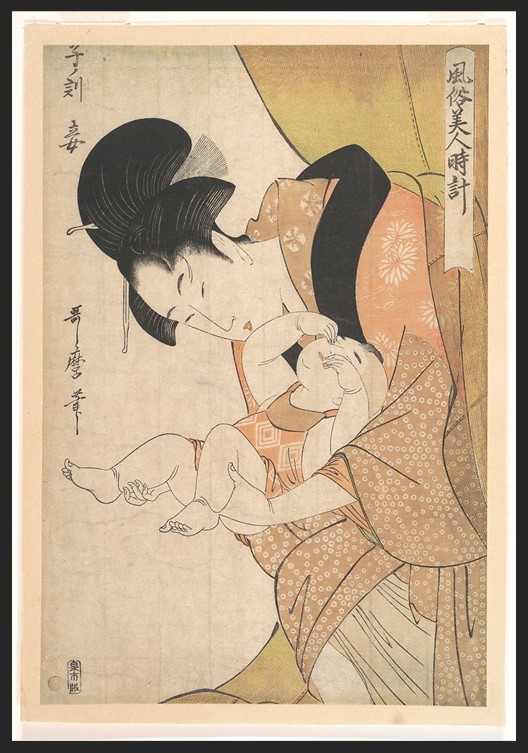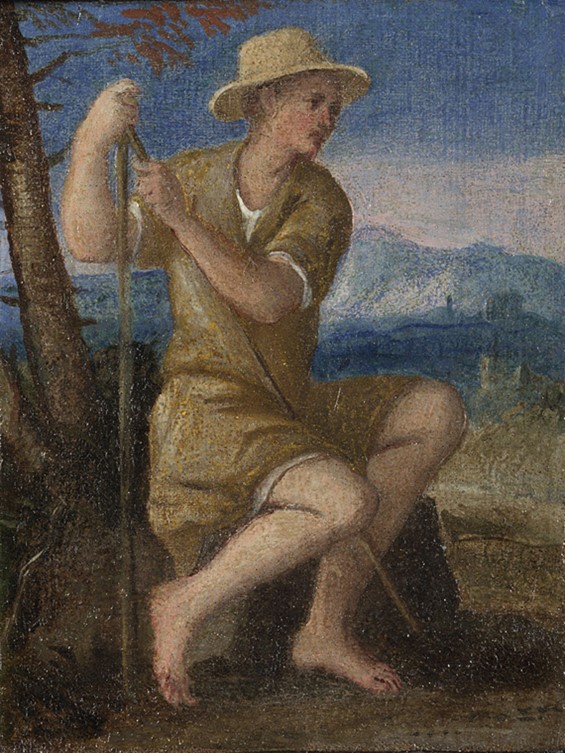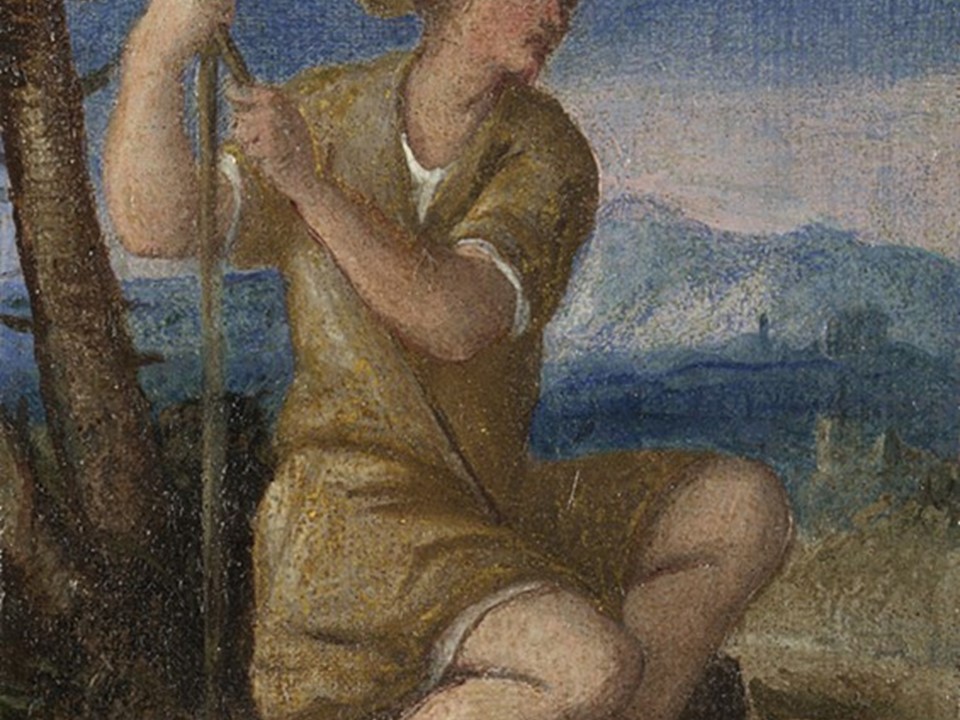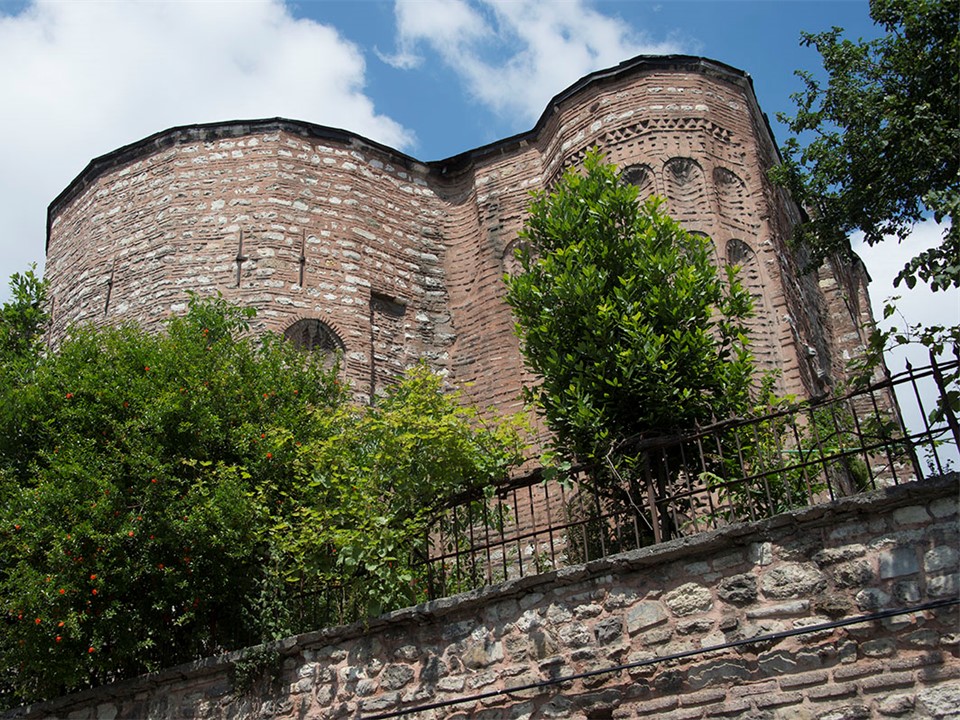
Gül Camii since the last decade of the 15th century
https://pbase.com/dosseman/image/160671612
A beautiful Byzantine Church was once created… “Not (just for) the rhetors or philosophers, / not those who study the writings of Hellenes, / not those who read pagan writings, / not those who lead a theatrical life, / not those who talk in a polished and sophisticated manner, / nor those who receive great titles…” but for all citizens of the great city of Constantinople! Preparing for my new POST Unidentified Byzantine Church in Constantinople known today as Gül Camii I thought that this small part of Symeon the New Theologian’s Hymn, could serve as a suitable Introduction for a Byzantine Church that still serves today the citizens of the same city… as a Moslem Mosque. Writing and Reading Byzantine Secular Poetry, 1025-1081, by Floris Bernard, 2014, p. 157 https://www.academia.edu/7915672/Writing_and_Reading_Byzantine_Secular_Poetry_1025_1081 and on Symeon the New Theologian file:///C:/Users/aspil/Downloads/5.2mcguckin.pdf
This is a Byzantine cross-in-square plan Church with a triple apse, dated to the 9th, 11th, or 12th century, with… a lot of questions to pose!
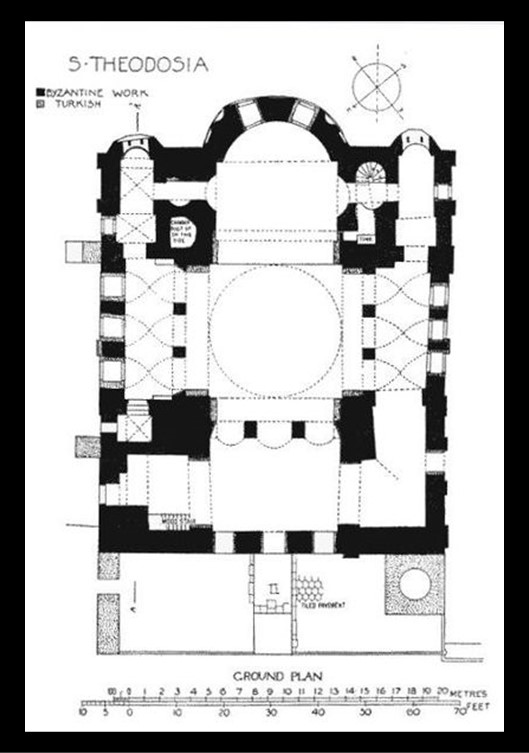
Gül Camii since the last decade of the 15th century
https://en.wikipedia.org/wiki/G%C3%BCl_Mosque#/media/File:StTheodosia_FirstFloor.JPG
The ground floor of the Gül Mosque in Istanbul, after Van Millingen (1912)
The Architecture of this impressive building is complex and complicated. The Church is built on top of “a vaulted basement, which forms a raised platform for the monument… with walls (still) exposed to the southeast and east, where the terrain slopes down towards the Golden Horn.” What a magnificent location! The architect of the original Church created a lofty space with “a wide entry hall, capped with a low barrel vault (and) a triple archway leading into the tall domed nave.” The Greek cross was formed by “galleries forming the side arms… and an (impressive) apsidal sanctuary at its southeast end.” Triple archways were used to enter the side galleries, taller than the entry hall, adding to the building’s lofty atmosphere. Architectural alterations, the addition of a gallery, during the Palaiologan and the Ottoman periods simply add to the building’s architectural questions. The Church was beautifully illuminated by five tiers of windows on the side facades, adding to its light and spacious ambiance. Finally, “the original dome would have rested on a tall drum pierced with windows and the supporting arches would be integrated into the barrel vaults on four sides.” Today, “the central dome, with its low octagonal drum carried on broad pointed arches, is recognizably Ottoman.” http://archnet.org/library/sites/one-site.jsp?site_id=7172 and https://www.thebyzantinelegacy.com/hagia-theodosia
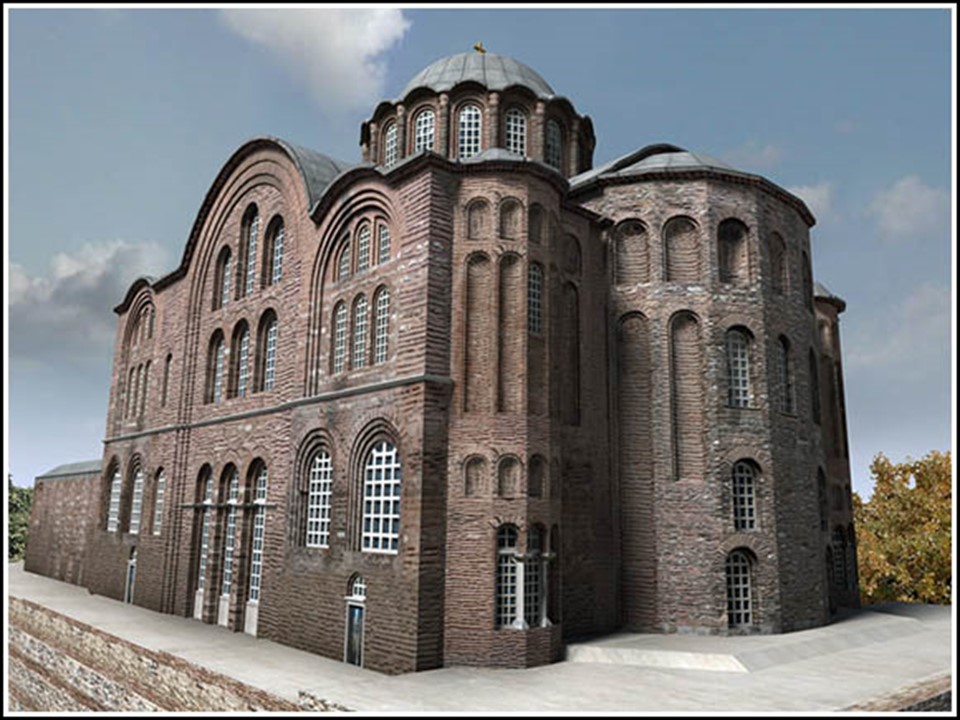
Gül Camii since the last decade of the 15th century
http://www.byzantium1200.com/gul.html
“The identity and dating of the church are difficult to determine, as it was significantly altered during both the Byzantine and Ottoman eras.” Traditionally, it has been identified as the Church of Hagia Theodosia, a most venerated martyr of the Iconoclastic period and a popular Constantinopolitan place of adoration. It has also been proposed that this is the Katholikon of the Monastery of Christ Euergetes, a grand Komnenian edifice of worship. It has also been suggested that Gül Camii is the Church of St Euphemia en tō Petriō. https://www.thebyzantinelegacy.com/hagia-theodosia and http://eistinpolin330.blogspot.com/2011/05/gul-camii.html and https://www.academia.edu/1495653/Comnenian_monastic_foundations_in_Constantinople and http://constantinople.ehw.gr/Forms/fLemmaBodyExtended.aspx?lemmaID=11775
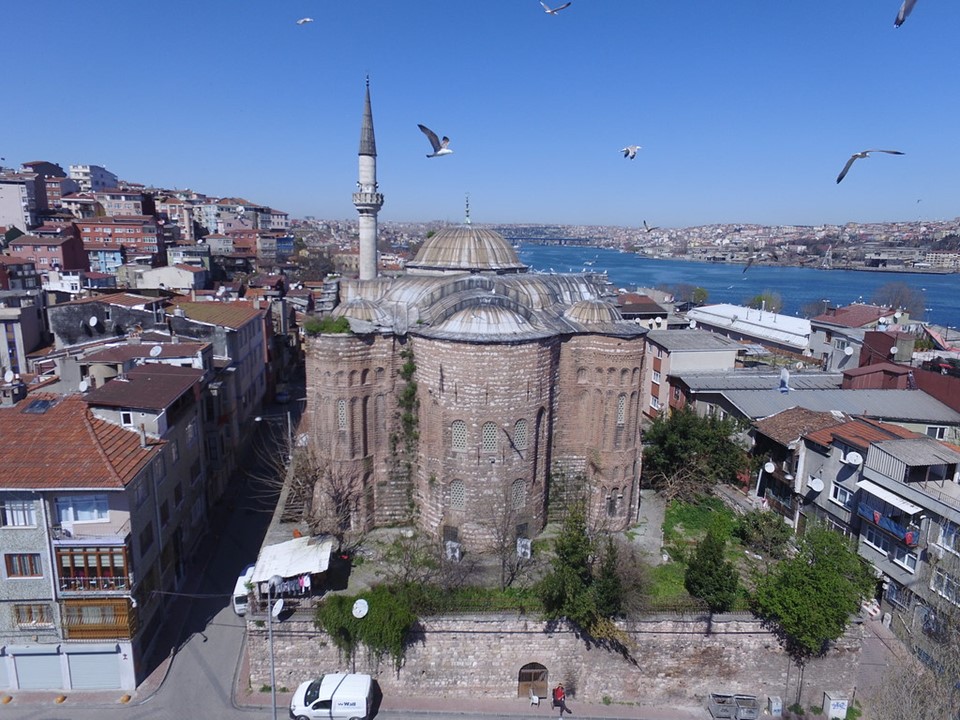
Gül Camii since the last decade of the 15th century
Exterior View
http://mykonstantinoupoli.blogspot.com/2013/11/gul-camii.html
I like the present name of this old religious edifice whatever its identification may be… Gül Camii… the Mosque of the Rose. “According to tradition, the church was renamed Gül Camii… because on the day of the Fall of Constantinople to the Ottomans (29 May 1453), also the day of commemoration of St Theodosia, the church was filled with roses. This tradition is not considered accurate, since the Byzantine church was not converted into a mosque immediately after the Fall, but during the reign of Sultan Selim II (1566-1574). “It has also been associated (hence the Ottoman name of the building) with a Muslim saint known as Gül Baba (“Father Rose”) whose tomb is supposedly inside the church.” http://constantinople.ehw.gr/Forms/fLemmaBodyExtended.aspx?lemmaID=11775 and https://www.thebyzantinelegacy.com/hagia-theodosia
For a Student Activity, please… Check HERE!
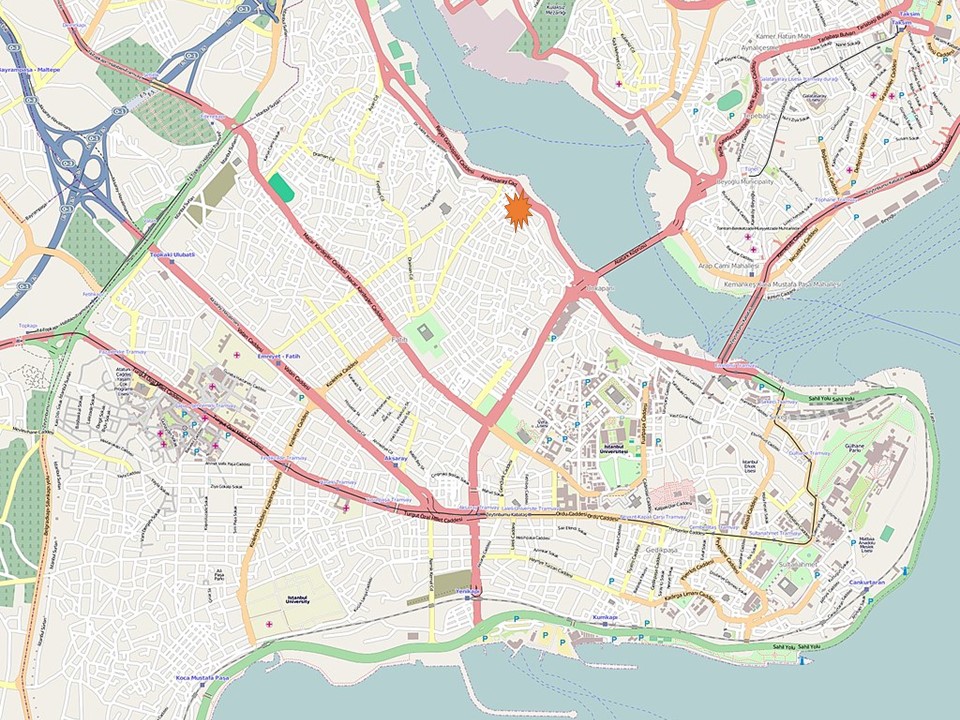
https://commons.wikimedia.org/wiki/File:Location_map_Fatih.jpg
